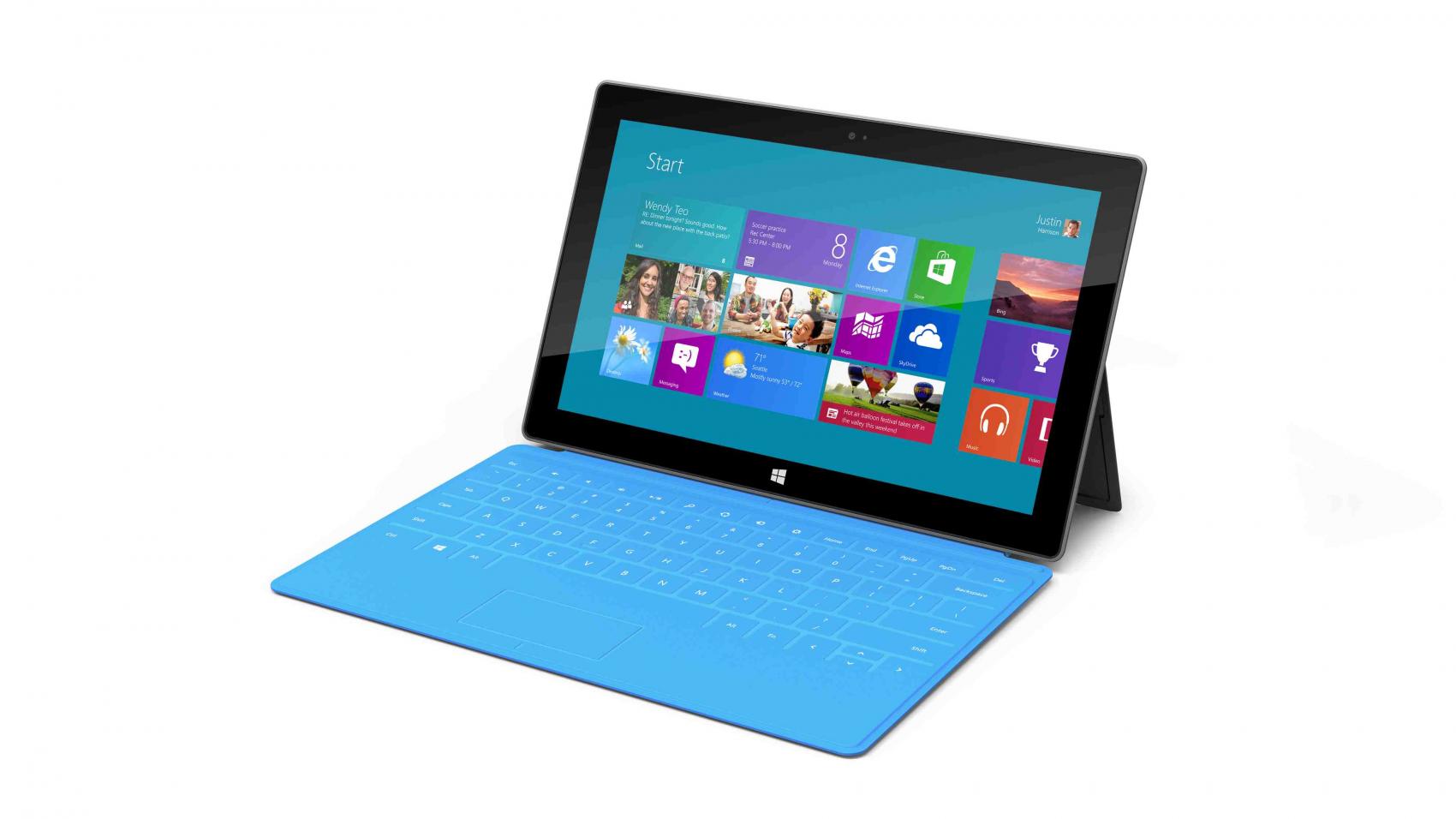 Microsoft is in trouble. Many of you already know that. Steve Ballmer has one last opportunity to set the company on a growth path or they will retreat into IBM legacy mode… ala the post 1990s Lou Gerstner era. And so they introduce a large tablet-convertible in direct competition with their PC partners Dell and HP. The End Game is coming sooner than anyone expected. Where is this headed?
Microsoft is in trouble. Many of you already know that. Steve Ballmer has one last opportunity to set the company on a growth path or they will retreat into IBM legacy mode… ala the post 1990s Lou Gerstner era. And so they introduce a large tablet-convertible in direct competition with their PC partners Dell and HP. The End Game is coming sooner than anyone expected. Where is this headed?
A few weeks ago I considered writing a blog following the disastrous Dell quarterly earnings report where they admitted Apple’s iPAD was starting to inflict damage on their PC business. I was sure that this was going to be a forcing function on the Wintel Empire and tried to look at it from the Intel side. Would Intel get into the PC business as Dell and HP scaled back? I couldn’t complete the logic because an Intel entry is at conflict with Apple’s strong consumer push with their PCs.
No, the more logical conclusion is that Intel forges ahead with owning the high performance driven datacenter market (at some ever shrinking expense to HP and Dell) while Microsoft scrambles to replace HP and Dell in the client space where form factors are shrinking dramatically. DVD and HDDs are now being replaced by tiny, energy sipping NAND flash chips while application delivery over the cloud becomes a must.
Then there are the economics to consider but first a little history on tablets:
Microsoft has been dabbling in tablets for more than 20 years. Does anyone remember the flaming startup called Go? The stylus and hand writing recognition were considered the key to tablets taking off and Microsoft thought that they were closing in on a solution year after year. As an engineering friend of mine liked to say on a daily basis about his constantly delayed chip tapeout: “never been closer.”
The aim of hand writing recognition was to enhance Microsoft’s bread and butter Office Application environment with users casually writing in documents on a screen. It was a hard object (stylus) on a hard SURFACE (had to throw that in). It was clunky and unnatural. As is typical to all massively planned grand events, history chooses to take a detour and we ended up with smartphones and tablets controlled by the soft touch of a thumb and index finger.
Now to the Economics:
Apple’s operating margins are now greater than Microsoft (39% vs. 36.8%). Did you know that? If Microsoft stays on the Wintel course in the tablet and PC market working with traditional customers like Dell and HP they will face either shrinking margins or reduced volume to stay relevant. The alternative is to take the hardware into their own hands and deliver a complete solution to corporations and consumers while eliminating costs by going vertical. This is what the tablet announcement signifies and in a way it is leading down the IBM’s mainframe bundled solutions path. Eliminating Dell and HP off the top reduces the end prices of PC equipment by 15-25% depending on the configuration. It’s a good start towards being competitive but without a doubt a burning the ships moment.
 Microsoft will need to go a step further and take ownership for some of the silicon that goes into the tablet and ultrabooks. Specifically they will need to acquire the likes of nVidia and AMD in order to develop low cost ARM and x86 processors and thereby effectively moving margins into Microsoft’s pocket. The new vertically integrated Microsoft then can replicate the Apple supply chain enabling them to hit low end market price points and to undercut Intel in the >$700 mobiles that use Ivy Bridge. Now this is a true Thermonuclear War. In the end, the 30 year old Wintel stasis can not coexist with Apple’s hyper growth.
Microsoft will need to go a step further and take ownership for some of the silicon that goes into the tablet and ultrabooks. Specifically they will need to acquire the likes of nVidia and AMD in order to develop low cost ARM and x86 processors and thereby effectively moving margins into Microsoft’s pocket. The new vertically integrated Microsoft then can replicate the Apple supply chain enabling them to hit low end market price points and to undercut Intel in the >$700 mobiles that use Ivy Bridge. Now this is a true Thermonuclear War. In the end, the 30 year old Wintel stasis can not coexist with Apple’s hyper growth.
Steve Ballmer has maybe two years (more likely one year) to put Microsoft in a leadership position that remains within spitting distance of Apple. If he is not successful, would it be even possible for Bill Gates to come out of retirement to forge a winning plan?
FULL DISCLOSURE: I am Long AAPL, INTC, QCOM, ALTR






The Quantum Threat: Why Industrial Control Systems Must Be Ready and How PQShield Is Leading the Defense